

Euphrates
Old and New along the river in Syria
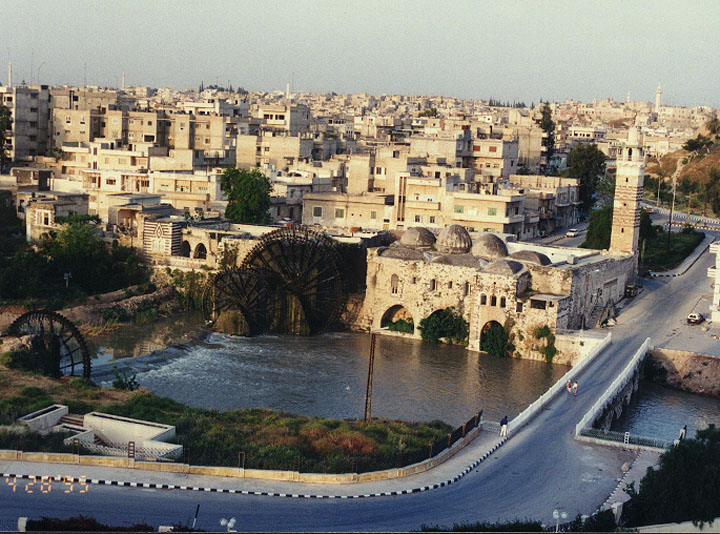
Arab town using waterwheels
Euphrates
(Arabic Al Furāt, Turkish Furāt), river in southwest Asia, rising in Turkey and flowing through Syria and Iraq before joining the Tigris to form the Shatt al Arab. The Euphrates, along with the Tigris River, provided much of the water that supported the development of ancient Mesopotamian culture (see Mesopotamia). Mesopotamia literally means "between the rivers" in Greek, and this area was the site of such early states as Sumer, Babylonia, and Assyria.

fortifications at Halebiye

on the Euphrates
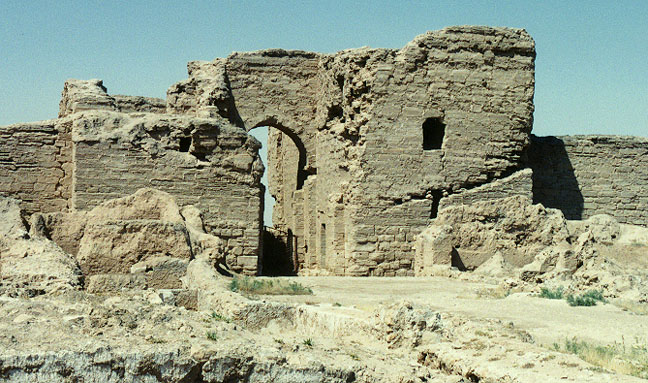
Dura Europos
(Roman fortification on its Euphrates frontier)
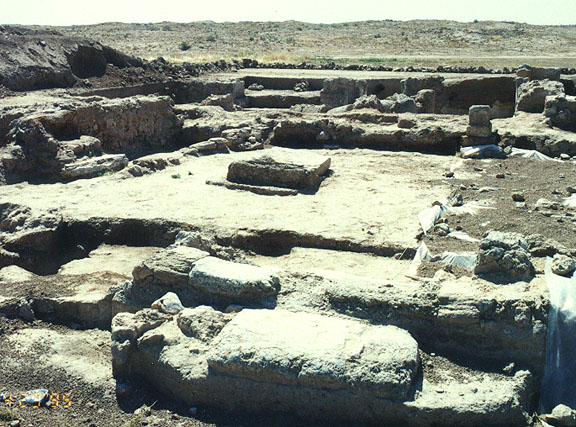
foundations of a pre Constantine Christian
church in Dura Europos
(only after Constantine became Roman Emperor, 300 AD,
was government money used to built churches)

Resafe
church built in 600 AD by ANASTASIA, first Byzantine Emperor
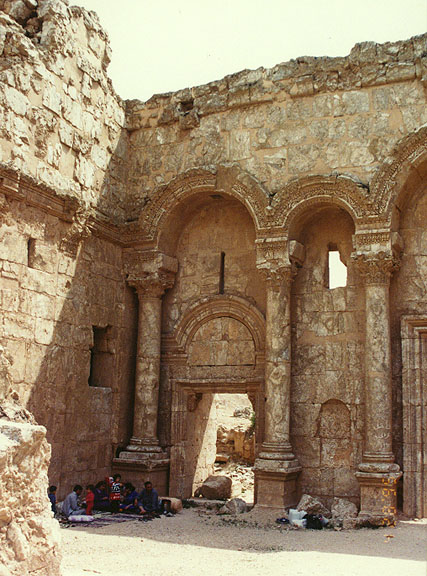
Rossafa
Fortified by Byzantine Emperor JUSTINIAN
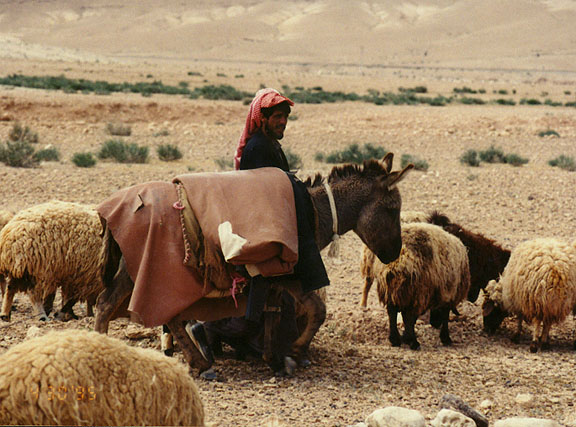
Shepard
This plan, called the Southeast Anatolia Project, or GAP for its Turkish acronym, involves the construction of 22 dams and 19 power plants by 2005 to capitalize on the steep descent of the Euphrates from the Anatolian mountains. The centerpiece of GAP is Atatürk Dam, one of the largest dams in the world. It was completed in 1990. The reservoir behind the dam covers an area of 816 sq km (315 sq mi) and requires periodic one-month interruptions in the flow of the river for filling.

statue of Assad
Downstream, the decrease in the flow of the Euphrates is of serious concern to Syria, which has invested heavily in power generation and irrigation from its Euphrates dam, the Al Thawrah, or Revolution, Dam. Completed in 1973 in north central Syria, the dam creates a reservoir of 640 sq km (247 sq mi) called the Assad Reservoir.

Assad Dam and Reservoir
GAP has reduced the volume of the reservoir and thus the amount of power generated by the dams hydroelectric facility. Iraq, in turn, has protested the use of Euphrates water associated with Syrias project, and war between the two was only narrowly averted in 1975. Agriculture in Iraq, which is carried out under extremely arid conditions, is dependent on the supply of water from the river system. Fluctuations in flow, whether from month to month or year to year, make Iraqi agriculture particularly vulnerable to drought or supply shortages. A dam at Ḩadīthah, in west central Iraq, was completed in 1986 to provide a water reserve for the country, but its usefulness has been limited.

the river bank
Since the 1950s a flood-control project on the Tigris has allowed the diversion of water from that basin through the Tharthar depression in central Iraq and into the Euphrates, but this, too, has been of limited value in solving water supply problems. Iraq also must deal with high salt content in the Euphrates, a result of leaching and chemical applications in upstream areas.
Test By:
Shaul Cohen for Microsoft Encarta

agriculture of sheep and goats
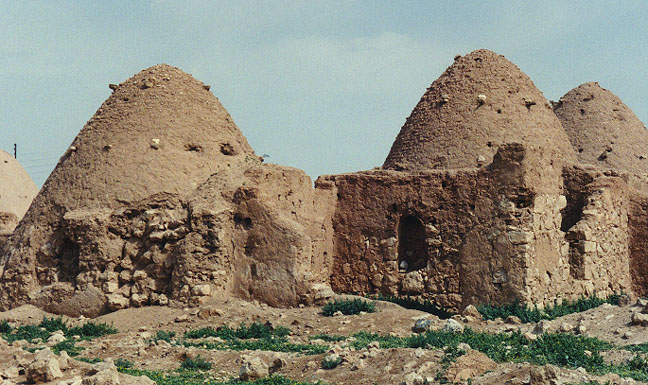
beehive storage bins
![]()
![]()